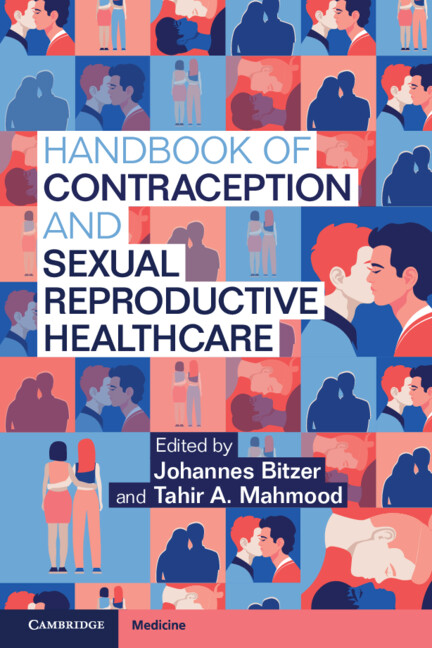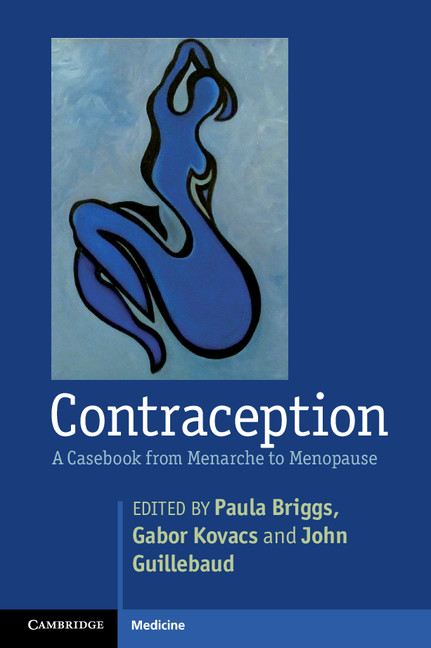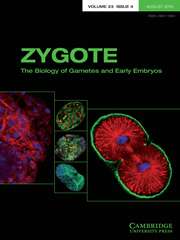Handbook of Contraception and Sexual Reproductive Healthcare
The purpose of sexual and reproductive healthcare should be the enhancement of personal relationships and a healthy sex life and not merely counselling and care related to procreation or sexually transmitted infections. Providing practical and evidence-based guidance, this handbook follows the curriculum of the joint EBCOG and ESCRH Certificate and Diploma Examination in Sexual and Reproductive Health. Short, clearly structured text focuses on the essential knowledge of each topic, allowing readers to quickly access key information. Written by trusted experts in the field, topics covered include contraception, infertility and sexual dysfunction, sexual violence and STIs. The text provides advice and practical tips for how to practice patient-centred counselling and shared decision-making. Improving the relationship between the patient and healthcare-provider leads to increased trust, adherence of advice and more satisfactory treatment for the patient.
- Provides advice and practical tips how to practice patient centered counselling and shared decision-making, improving the relationship between the patient and healthcare-provider leading to increased trust and adherence of advice
- The guidance is evidence-based and up to date, with short, clearly structured text focusing on the essential knowledge required and providing easy access to key information
- Practical and handy, this can be used as a quick-reference text for the management of patients in different healthcare settings including low-income and resource countries
- Provides up to date, holistic guidance on how to manage patients with sexual dysfunction and victims of sexual violence, which can be lacking in many traditional resources that focus on practicalities of contraception and sexually transmitted infections
Product details
March 2022Adobe eBook Reader
9781108963374
0 pages
This ISBN is for an eBook version which is distributed on our behalf by a third party.
Table of Contents
- Section 1. Scientific Basis of Contraception and Family Planning:
- 1. Basic physiology of menstrual cycle and ovulation
- 2. Physiological basis of female contraception
- 3. Basic physiology of spermatogenesis
- 4. Mechanisms of male contraception
- 5. contraceptive counseling: An interactive approach
- Section 2. Methods of Contraception:
- 6. Combined hormonal contraceptives
- 7. Progestogen-only contraceptives
- 8. Depot hormonal contraceptive devices
- 9. Non-hormonal intra-uterine device
- 10. Barrier methods: Male and female
- 11. Fertility awareness-based methods
- 12. Female sterilization
- 13. Male sterilization
- 14. Male hormonal contraception
- 15. Emergency contraception
- Section 3 Contraception and Medical Conditions:
- 16. Contraception for cancer patients
- 17. Benign breast disease, and benign uterine and ovarian
- 18. Cardiovascular disease and contraception
- 19. Respiratory diseases
- 20. Renal diseases
- 21. Contraception for obese women
- 22. Contraception and HIV
- 23. Neurological and psychiatric disorders
- 24. Contraception for women with immunosuppressive conditions
- 25. Previous organ transplant
- 26. Previous bariatric surgery
- 27. Systemic lupus erythematosus
- 28. Contraception for disabled people
- 29. Diabetes (Type 1 and 2) and Gestational Diabetes Mellitus
- 30. Thyroid dysfunction
- 31. Polycystic ovarian disease
- 32. Liver disease
- 33. Inflammatory bowel disease
- 34. Inherited Blood Disorders (Sickle Cell Disease, Thalassaemia, etc)
- 35. Contraception for LGBT
- 36. Contraception for women with special needs: Life cycle approach to contraception and sexual and reproductive health care
- 37. Contraception and drug interaction
- Section 4. Subfertility:
- 38. Male subfertility
- 39. Female subfertility
- 40. Fertility options for LGBT couples
- 41. Pre-pregnancy care
- Section 5. Termination of Pregnancy:
- 42. Medical method for termination of Pregnancy
- 43. Surgical methods for termination of pregnancy
- 44. Practical approaches to termination of pregnancy at different gestational ages
- Section 6. Sexually Transmitted Diseases and Other Vulvovaginal and Urogenital Infections:
- 45. Vulvovaginal candidiasis
- 46. Bacterial vaginosis
- 47. Anogenital warts
- 48. Trichomonas vaginalis
- 49. Anogenital herpes
- 50. Chlamydia Trachomatis Infection
- 51. Syphilis
- 52. Gonorrhoea
- 53. Hepatitis
- 54. HIV
- 55. Mycoplasma genitalium
- 56. Molluscum Contagiosum
- 57. Acute and chronic pelvic inflammatory disease
- 58. Sexually Transmitted Infection, Pelvic Inflammatory Disease and Contraceptive Options
- 59. Contact Tracing
- 60. Sexually transmitted infections during pregnancy and postpartum
- 61. Sexually transmitted infections and complications in newborns
- 62. Recurrent vulvovaginal infections (vulvovaginitis)
- Section 7. Sexual Health:
- 63. Sexual counseling and basic care for sexual dysfunction
- 64. Sexual health and sexual dysfunctions
- 65. Sexual violence against women
- Section 8. Cervical Cancer Screening: Section 9. Standards of Care for Sexual and Reproductive Healthcare Services
- Index.






